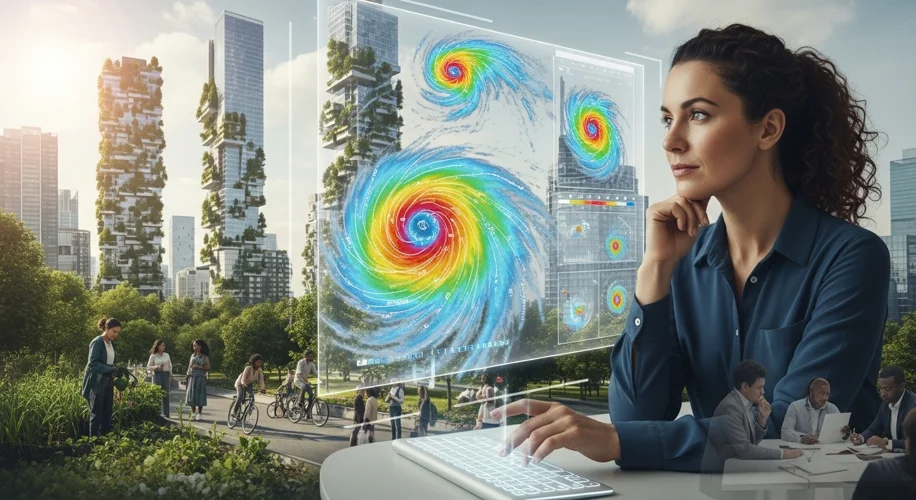Did you know that for a long time, research suggested men were more likely than women to prioritize physical attractiveness in partners?
While that’s a fascinating tidbit from social psychology, it’s not really my area of expertise. As an atmospheric scientist, I spend my days looking at the bigger picture – how our planet works, how it’s changing, and what that means for all of us.
But what if we took a step back and thought about what truly makes someone attractive, not just in a relationship, but as a person contributing to society? When I think about the people I admire, it’s not just about looks. It’s about their passion, their resilience, their commitment to making a positive impact. It’s about their substance.
My work often focuses on the urban heat island effect. This is where cities, with all their concrete and asphalt, become significantly warmer than surrounding rural areas. It’s a scientific phenomenon with real-world consequences, often impacting vulnerable communities the most. Think about neighborhoods with less green space, or buildings that absorb more heat. These are often the same communities facing other environmental justice issues.
In my experience, the most attractive qualities in people, and in solutions to complex problems, are similar. They involve a deep understanding of the system, a commitment to equitable outcomes, and innovative thinking. It’s like looking for solutions to climate change: you need smart science, yes, but you also need community buy-in, policy that supports the most vulnerable, and a shared vision for a better future.
So, while the studies on physical attractiveness are interesting, I’m more drawn to the qualities that build stronger communities and a healthier planet. Qualities like:
- Empathy: Understanding and sharing the feelings of others. This is crucial when addressing issues like climate displacement or environmental racism.
- Resilience: The ability to bounce back from challenges. This is what we see in communities adapting to changing weather patterns, or in scientists pushing boundaries.
- Innovation: Finding new ways to solve old problems. This could be developing new green technologies or creating sustainable urban planning strategies.
- Collaboration: Working together towards a common goal. No single person can solve climate change; it requires collective action.
These are the qualities that truly make a difference. They are the foundation for creating a world where everyone can thrive, regardless of the external factors. It’s about substance over surface, impact over appearance. And that’s a kind of attraction I can really get behind.

